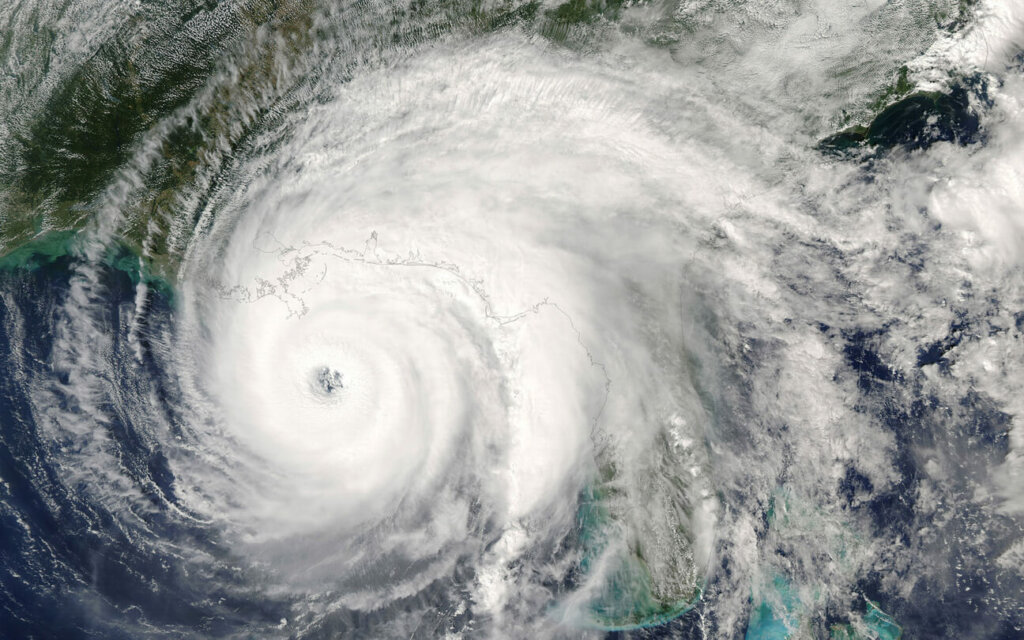As highly impactful events continue to plague the world, risk and resilience professionals are tasked with planning for and responding to these significant events. Currently, many of us are responding to multiple events at one time. These events are ever changing, and given our roles, it is our responsibility to manage the response in a timely and effective manner.
Crisis management teams, comprised of executive level leaders, look to us to provide answers to questions such as: Where are our employees located? Is everyone safe, and who is unaccounted for? And they expect us to have the answers to these questions quickly. Are you prepared to provide answers quickly?
In a recent Community Exchange, our customers shared how they are prepared to answer questions and inquiries from leadership.
People Safety and Wellness
Many organizations have employees across the globe. A geographically diverse workforce can be a strong benefit to a large organization; however, this requires additional consideration for employee safety and accountability. It is critical that preparedness and due diligence happen prior to an event. If you wait until the event starts, it is too late. One example of preparedness may include your team having access to all personal contact information and work and home address information for all employees. Personally identifiable information (PII) such as email and home addresses are often safeguarded closely so that they do not slip into the wrong hands. Does your team have access to this information?
This contact and location information can be used by resilience professionals to map and locate employees and then be combined with ongoing geographical event situational intelligence information. When you weave this data together, you have a specific and reportable view of how your employees are impacted by an event. To take it a step further, what is your answer when your executive asks: “How long will it take to send a SMS message and email to all of those impacted employees?” With this data at our fingertips and the technology solutions to support us, the answer is minutes, if not seconds.
Third-party Contingencies
Further attention should be taken now to address primary and contingency methods of employee safety accountability, ongoing emergency communication, evacuation due to displacement, and additional support for employees. Although here we focus on employee safety, the conversation of third-party and supply chain contingency planning reaches beyond this single instance. This topic should extend to all areas of your organization, including your current business teams, consultants, contractors, and third parties. Utilize the data you have already collected and assessed on services and business processes to align these critical services and processes with the identified gaps in business dependencies. These critical gaps should be prioritized to reduce the risk of significant business disruption in an event. Are there any third parties that your company relies on where you do not have a backup solution in place for the service or product that they provide?
Consider utilizing existing company resources, such as teams or employees that are cross–trained and existing third-party relationships, to provide support in a disruption. Remember, it will be increasingly difficult, either logistically or financially, to create new vendor or third-party relationships during a crisis.
Additionally, have conversations with your procurement or vendor management department to further facilitate a culture of resilience by sharing the third parties where you have identified a gap. Once identified, the goal is to reduce this risk by adding secondary and tertiary solutions that can serve as a backup should the primary solution be unavailable.
Resources
Join the Fusion customer community at our Community Exchange every Friday at 10:00 a.m. CT for in-depth discussions about current events as they pertain to the risk management landscape.
Also, be a part of the discussion on Fusion’s Global Response Community and stay tuned for more.






